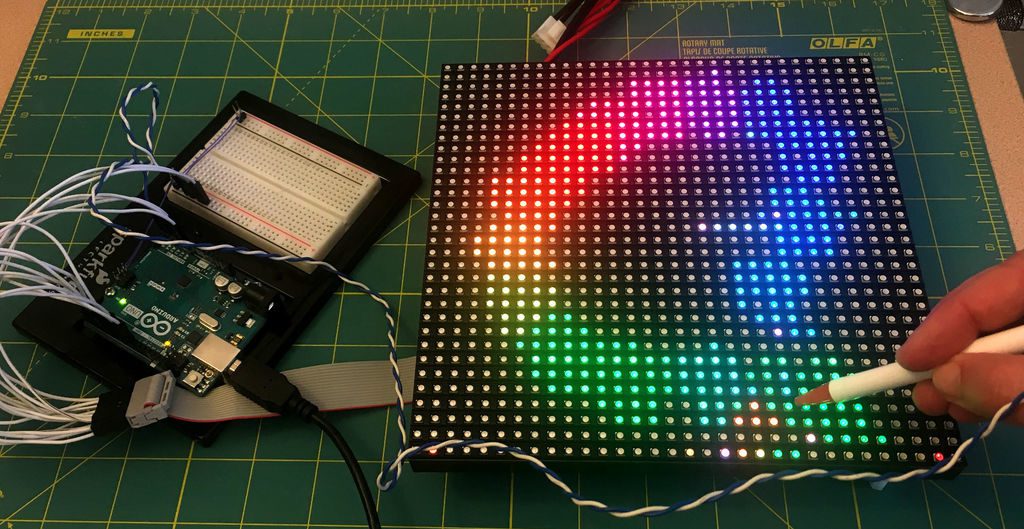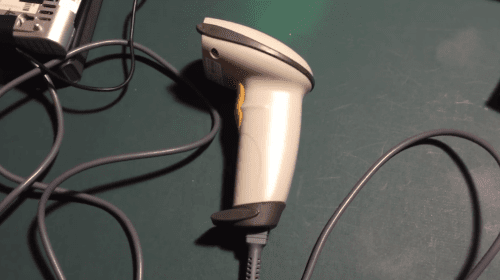Schlagwort: scanner
-

Use an LED matrix as a scanner
Reading Time: 2 minutesUse an LED matrix as a scanner Arduino Team — May 1st, 2019 Consider that a digital camera uses an array of sensors to capture light from an object. Maker Marcio T, however, decided to turn this idea on its head and instead utilize an array of lights that are detected by…
-

Barcode reader for visually impaired shoppers
Reading Time: 3 minutesTo aid his mother in reading the labels of her groceries, Russell Grokett linked a laser barcode reader to a Raspberry Pi Zero W to read out the names of scanned item. RASPBERRY PI TALKING BARCODE READER My mom is unable to read labels on grocery items anymore, so I went looking…
-

Amazing Technology That Can Extract 3D Objects from 2D Photos
Reading Time: < 1 minuteAlways wanted to created real 3D models from flat 2D pictures? If so, then „3 Sweep“ is just for you. Users will not only be able to „just extract them, but then manipulate them, transform them, copy them, and move them around the image.“ You get the feeling that this is…


